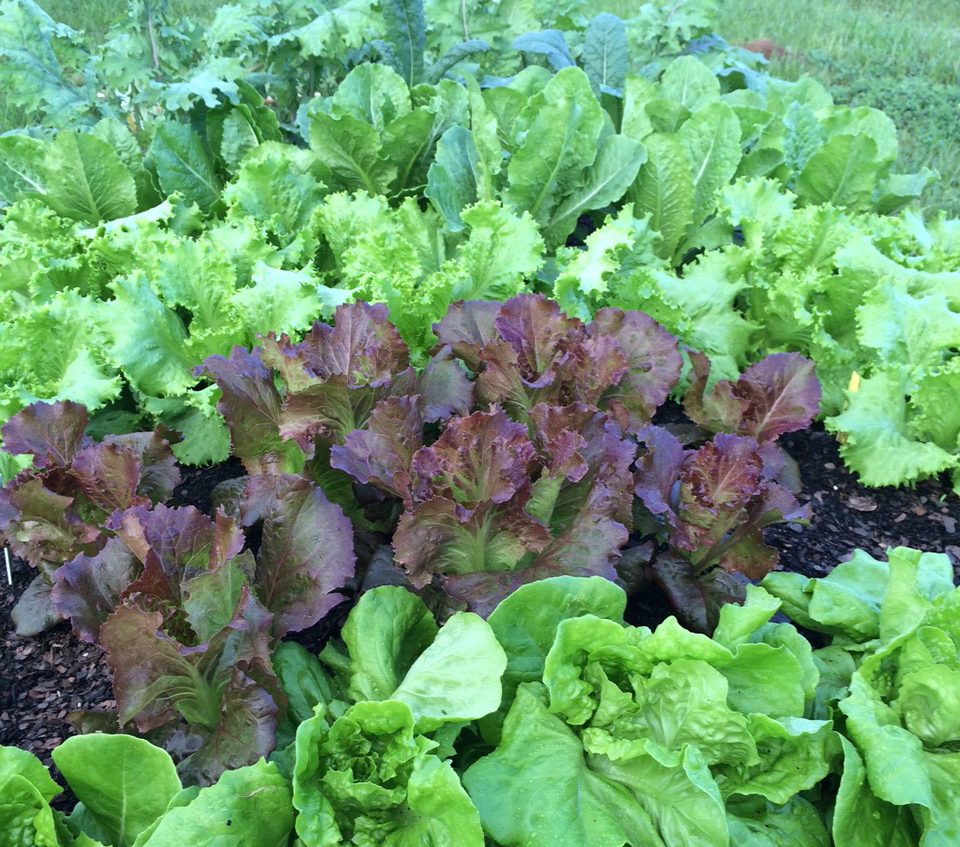
By Mary Jane Frogge, Extension Associate
By planning and planting a fall vegetable garden, it is possible to have fresh vegetables up to — and even past — the first frosts. Many varieties of vegetables can be planted in mid- to late-summer for fall harvests.
Succession plantings of warm-season crops, such as corn and beans, can be harvested until the first killing frost. Cool-season crops, such as beets, cabbage, kohlrabi, leaf lettuce, radishes, spinach, turnips, kale and collards grow well during the cool fall days and withstand light frosts.
Timely planting is the key to a successful fall garden. To determine the time to plant a particular vegetable for the latest harvest, you need to know the average date of the first hard freeze. For Lancaster County, it is approximately Oct. 10.
You also must know the number of days to maturity for the variety of vegetable you plan to grow. Count the days back from the frost date to figure your planting date.
An organic mulch will help keep the soil cool. Mulching between rows can decrease soil drying. Irrigate when necessary so plants have sufficient moisture during the warm days. Some of the best quality vegetables are produced during the warm days and cool nights of the fall season.
FOR MORE INFORMATION
Nebraska Extension NebGuide, Fall Vegetable Gardening (G1343), is online at http://extensionpublications.unl.edu/assets/pdf/g1343.pdf.